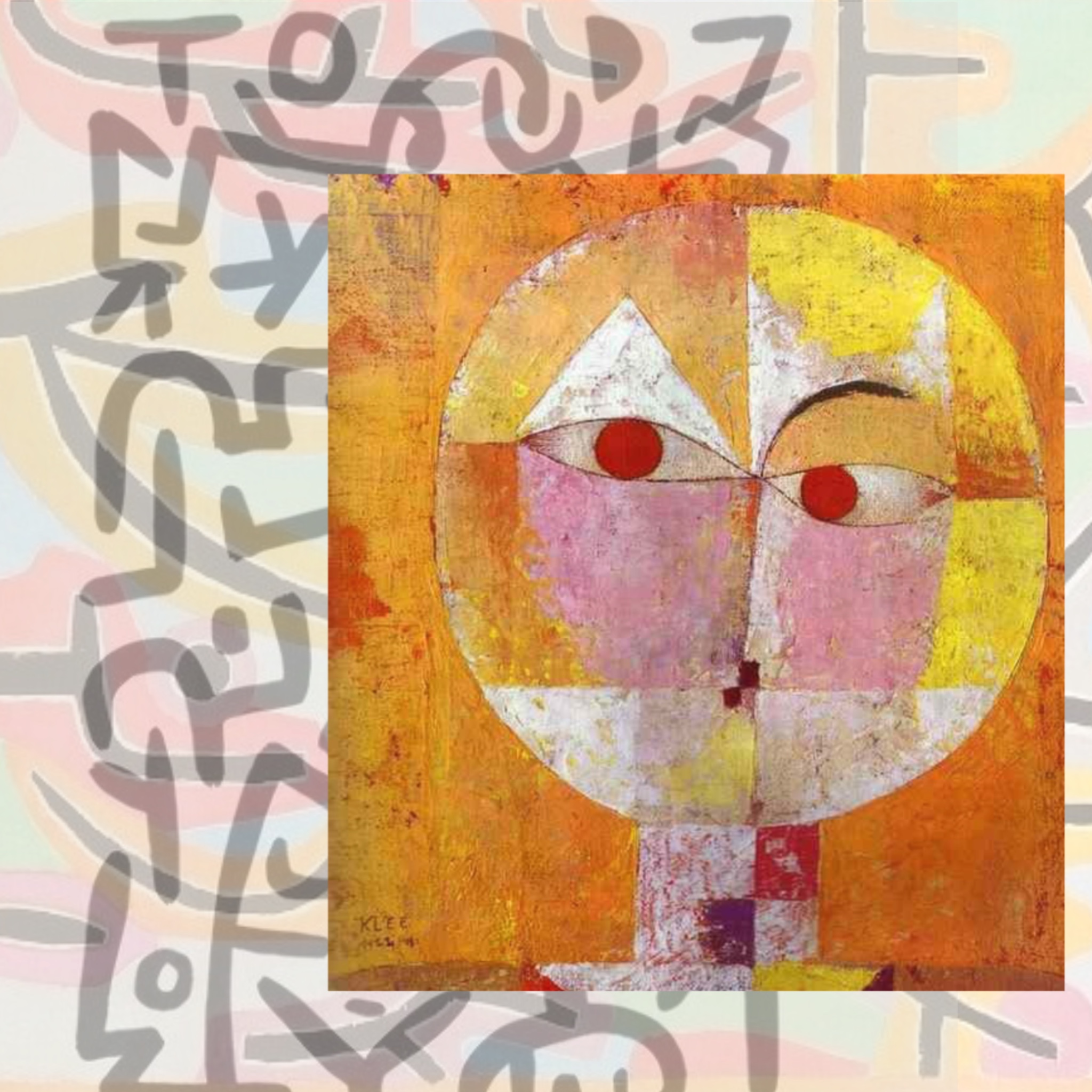Reading the Invisible: Paul Klee’s Language of Symbols
In the lexicon of modern art, Paul Klee stands apart not just as a painter but as a visual poet—one who built a language of his own. His artworks are filled with coded forms, signs, arrows, eyes, moons, fish, trees, stairs, and stars—motifs that feel at once ancient and invented. They invite reading as much as viewing. Klee did not depict the visible world. He rearranged the invisible.
Klee’s symbols are not meant to be cracked like ciphers. They are not puzzles with a single key. Instead, they operate like notes in a melody—each recurring form carrying variations in meaning, resonance, and emotional tone depending on context, scale, and color. His symbols whisper.
Take the arrow—a simple direction-giver in everyday life. In Klee’s works, arrows recur as agents of movement, tension, choice. Sometimes they pierce figures or float alone, pointing nowhere and everywhere. They may mark a path, or disrupt it. The symbol becomes a way of thinking about time, will, or the act of drawing itself—a mark with an intention.
His fish, often hovering in dark, dreamlike water, are more than marine life. They call up subconscious depths, Christian iconography, and ancient myths. They swim alongside words and planets, suspended in spaces where narrative is possible but never prescribed. Similarly, the spiral—used across ancient cultures—appears in Klee’s work as a symbol of growth, inward motion, or cosmic rhythm.
The eye is one of his most persistent motifs—sometimes whole, sometimes half-lidded, sometimes turned inward. Not merely a witness, Klee’s eye is the agent of vision itself, echoing his belief that “art does not reproduce the visible; rather, it makes visible.” In his work, the eye is a reminder: perception is never passive.
For Klee, symbols were not separate from the act of drawing. He once wrote, “A line is a dot that went for a walk.” That playful declaration reveals how he viewed visual language: as something kinetic, evolving, alive. Even his symbols seem to have movement built into them—an unfinished quality that resists closure.
There is a childlike quality to his forms, but it is not naivety—it’s elemental. Klee absorbed influences from Egyptian hieroglyphs, North African textiles, prehistoric cave drawings, and music notation. He studied the structure of written and visual languages to find something older, deeper. His signs are mnemonic, timeless.
In his pedagogical sketchbooks from the Bauhaus years, Klee tried to formalize this intuitive grammar. Yet his art always veered back into the poetic. A triangle may become a house, a face, a mountain, or simply remain a triangle—each time slightly altered, emotionally charged, repositioned in the syntax of color and composition.
Klee’s symbols hover somewhere between language and song. They are fragments of a private mythology—yet they feel oddly familiar. We don’t need to “understand” them in the academic sense. We recognize them the way we recognize a lullaby heard long ago, or a dream half-remembered.
In that way, Klee doesn’t so much offer meaning as he opens a space for it. His symbols are keys—but the doors they unlock are our own.


